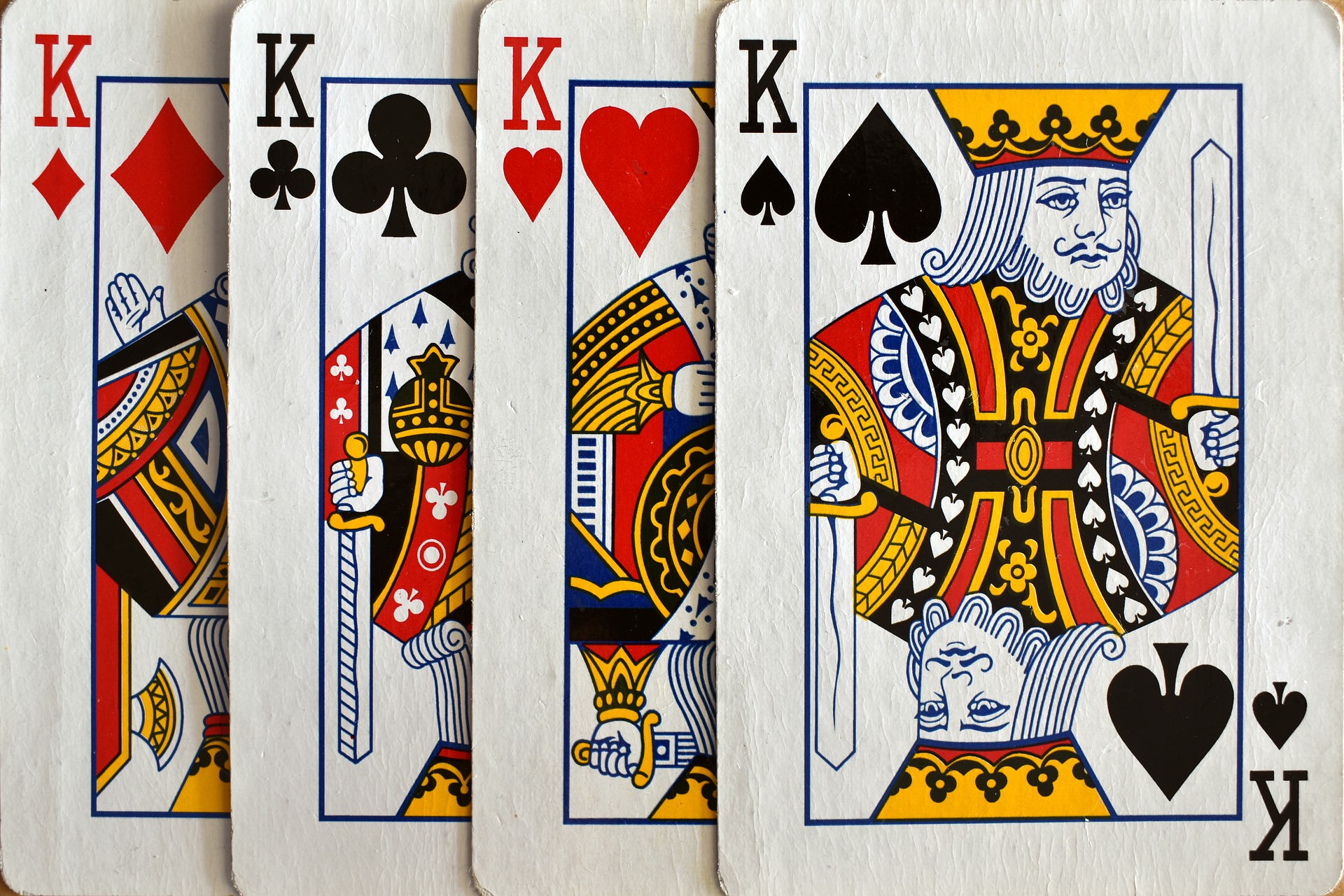Pot Limit Omaha (PLO) attracts many players because of its ability to create action. The multiple hand combinations possible and much closer equity differences between premium hands and sub-premium hands (as compared to No Limit Hold’em), makes the temptation to mix it up with a wide range of hands almost impossible to resist.
Premium starting hands in PLO are fairly easy to identify. Double-suitedness with double paired high cards are a no-brainer. As are high cards with a pair and lots of straight and flush potential. However, the NLH brain adapting to PLO can see a lot of other hands as attractive that are all kinds of danger. Winning a hand in PLO generally takes a much stronger hand than is typical in NLH. Adjusting your mindset to a hand’s complete potential can take some work.
In this article, we will cover the pre-flop hands that you need to be careful about entering a pot with and in the next article we’ll discuss “made” hands that you need to avoid building a huge pot with.
Hands with a “Dangler”
One of the major characteristics of a strong PLO hand is that all four cards work together. For example, an A♦Q♦Q♣10♣ has a lot going on: high pair, nut flush potential, and connectedness to high straights. There is not a card in that hand that is a blank. Change that to A♦Q♦Q♣6♠, and, while not a complete trash hand, it loses substantial attractiveness. One flush potential is gone as is half the straight possibilities. The 6♠ is the “dangler,” the card that works with nothing else in the hand.
Three of a Kind or Even Worse Four of a Kind
When you start playing Pot Limit Omaha, your constant mantra has to be “remember exactly 2 cards in my hand play.” There is no such thing as a pre-flop set. Having K♥K♠K♣8♦ may look appealing at first glance, but what it gives you is basically one out to a set (about 10% odds if you reach the river) and with zero flush or straight potential. Bump it to K♥K♠K♣ K♦ and you’ve just taken away your one out potential. In PLO there almost no way to improve your pair of kings (remember you must use 2!) with pocket quads, other than a very vulnerable boat with a set on the board. This is the other side of wanting all your hole cards to coordinate meaningful, you also want them to be able to coordinate with the board in multiple ways.
Hands with Second and Third Nut Flush Potential
With a lot of players trying to see a flop, you are almost assured that one or more of them will have an ace with a card of that suit among their 4 cards. Having K♦4♦Q♠8♠ oozes of flush potential, and it also oozes losing a bunch to a better flushes. Obviously if the A♦ or A♠ is on board as part of the flush, then you either feel great or much better, respectively. But flushes made with lower cards will cause great concern when you are re-raised.
Medium and Small Pairs
There is a maxim in NLH that you should never worry about set over set. If that happens to you, go broke, curse your bad luck, but don’t question your decision to call an all-in (especially on a flop with no flush or straight potential). In PLO, that maxim should be buried. An initial hand of 7♦7♦4♣4♠ is slightly better than 4 in 1 to flop a set or quads (about double what they are in NLH of course). However, if you flop the set of 7s, but the other two cards are a Q and 10, you can’t lick your chops too fast. Yes, you’re likely holding the best hand but your vulnerability is much greater and even more acute if you get called and an A and K peels off on the turn.
Low Rundowns
One on the features of Pot Limit Omaha that differs from NLH is to think of hands in terms of their “rundown” structure as opposed to simple connectedness of NLH. For example, J♥10♠9♥8♠ is a premium starting hand in PLO, more for its potential to connect with the board to make a variety of straights than its low flush potential. Four card rundowns are generally a good thing. However, 6♥5♠4♥3♠ has decent straight potential as well, but is only capable of making fairly low straights that can be beaten by higher straights. Similarly, your two pair and trip combinations are always going to be relatively weak as well, easily bested by superior similar holdings. Both the straight and “other” potential of these hands are beset with danger.
Bare Ace-King
AKo, with nothing else going on, is another example of an NLH hand that goes from premium hand to “so what” in PLO. How much potential does A♦K♣7♥2♥ have in PLO? Very similar to NLH, it can make top pair, top kicker. While in NLH this would make you smile on dry boards, in PLO it becomes a bluff catcher. And as with NLH, the straight potential, although always the nut straight, is fairly low, worse than say J♦10♣.
As with all forms of poker, some players will play a wider range than others. And some can play those well. However, PLO’s complex and multiplicative combinations make almost every hand very vulnerable. Your pre-flop hand selection needs to factor in this greater hand strength potential, and you need to proceed with caution.

